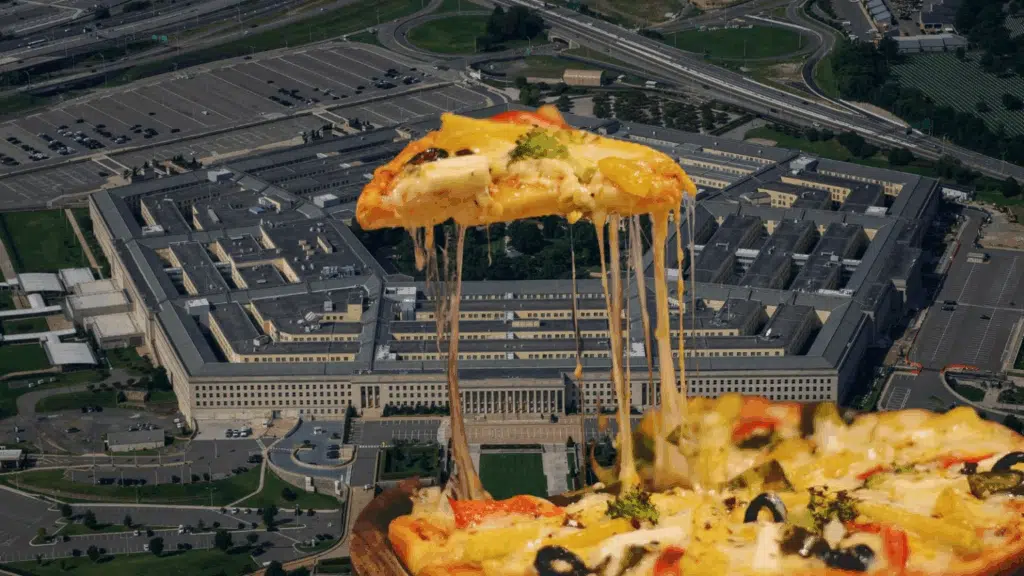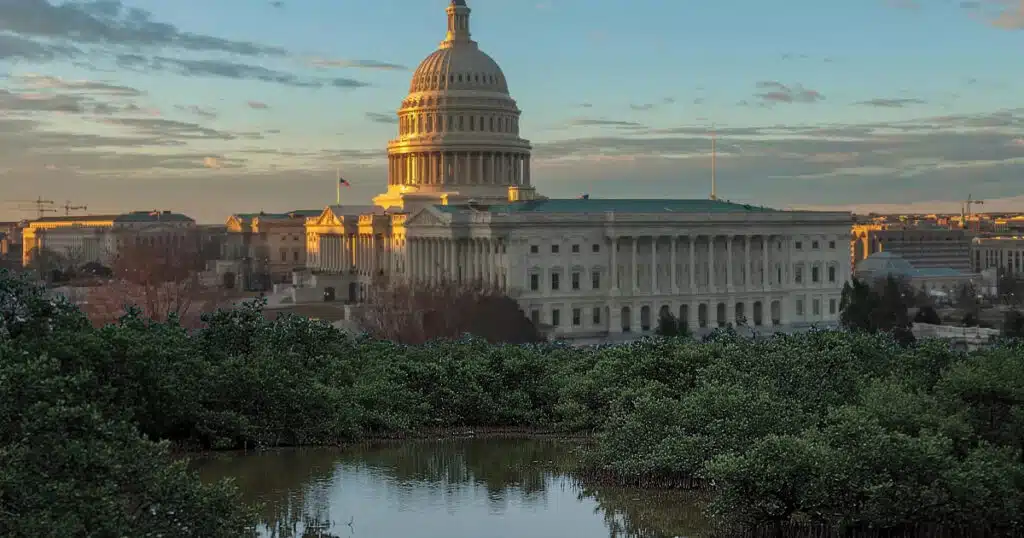
Pizza, Pepperoni, And The Pentagon
The people in the Pentagon have many problems, but pepperoni pizzas—or any pizza, for that matter—wasn’t one of them. However, things change, and the old adage “What you don’t know can’t hurt you” has once again been proven wrong.
The saying “What you don’t know can’t hurt you” is a proverb suggesting ignorance can be a form of protection. We know that’s wrong because if it were true, every Democrat would be indestructible.
I digress, so back to the Pentagon’s pizza problem.
When Israel launched its military operation against Iran’s nuclear facilities on June 12, most of the world was caught off guard, but one unlikely source saw it coming.
The viral social media account Pentagon Pizza Report tracked a massive surge in pizza orders near the Pentagon just hours before the attack began.
“As of 6:59 pm ET, nearly all pizza establishments nearby the Pentagon have experienced a HUGE surge in activity,” the account posted on X, referencing We The Pizza, Domino’s Pizza, District Pizza Palace, and Extreme Pizza.
First, who knew that there was something called the Pentagon Pizza Report? Obviously, the Pentagon didn’t, because if they did, would they have continued to leave the pepperoni trail that tips people off when something big is going on?
The account later tweeted that these locations experienced a significant drop in activity ten minutes later.
Not long after, Israel launched airstrikes on Iran’s military and nuclear sites.
President Donald Trump told Reuters he knew the attacks were coming, saying:
“We knew everything, and I tried to save Iran humiliation and death.”
So apparently, Trump either had inside intel or he’s got the pizza delivery app on his phone.
This isn’t new. The Economist’s head of data journalism, Alex Selby-Boothroyd, documented this phenomenon, noting that:
“The Pentagon Pizza Index has been a surprisingly reliable predictor of seismic global events—from coups to wars—since the 1980s.”
On the night of August 1, 1990, the CIA ordered 21 pizzas in a single night, which at the time was a new record just before the Iraqi invasion of Kuwait.
The Guardian reported that pizza deliveries to the Pentagon increased significantly shortly before the U.S. invasion of Panama in 1989 and during Operation Desert Storm in 1991.
CNN’s Wolf Blitzer, in a moment of clarity, summarized this phenomenon in 1990, stating, “The bottom line for journalists: Always monitor the pizzas.”
Pentagon officials, realizing that for all of their sophistication, are now frantically trying to downplay the effectiveness of people tracking pizza orders.
In an interview with Newsweek, a Pentagon official tried to discourage the idea that late-night food orders can act as a crystal ball for Pentagon activities, claiming that in this case, the timeline from the Pentagon Pizza Report “did not align with the events.”
The spokesperson also offered a feeble rationalization, stating:
“There are many pizza options available inside the Pentagon, also sushi, sandwiches, donuts, coffee, etc.”
That said, the Pentagon Pizza Report account isn’t buying it.
The account accurately predicted military activity multiple times, including when the Papa John’s near the Pentagon was unusually busy in the days leading up to Iran launching drones into Israeli territory in April 2024.
The app monitors live Google Maps indicators for restaurant busyness near the Pentagon in Arlington, Virginia. Since the Pentagon reportedly lacks its own pizzeria, they order from nearby establishments.
The worry is that a sudden increase in activity at various pizza places can be monitored by anyone using publicly available Google Maps data.
If random individuals on social media can predict military operations by monitoring pizza delivery apps, then foreign adversaries can certainly do the same. When a significant number of people work late and order food, they generate digital footprints that are nearly impossible to conceal.
The Pentagon Pizza Report account has mastered predicting military activity before major news outlets report it. It can’t report what the military activity will be, but alerting people who we don’t want to be on high alert may dissuade certain military decisions.
Foreign intelligence services are probably already incorporating restaurant delivery tracking into their intelligence gathering efforts. Pentagon officials may have only a few options to solve this unexpected tell-tale sign: add more food choices inside the building, forbid outside food orders during times of crisis, or urge people to brown bag food until the crisis passes.
You can’t make this stuff up.



